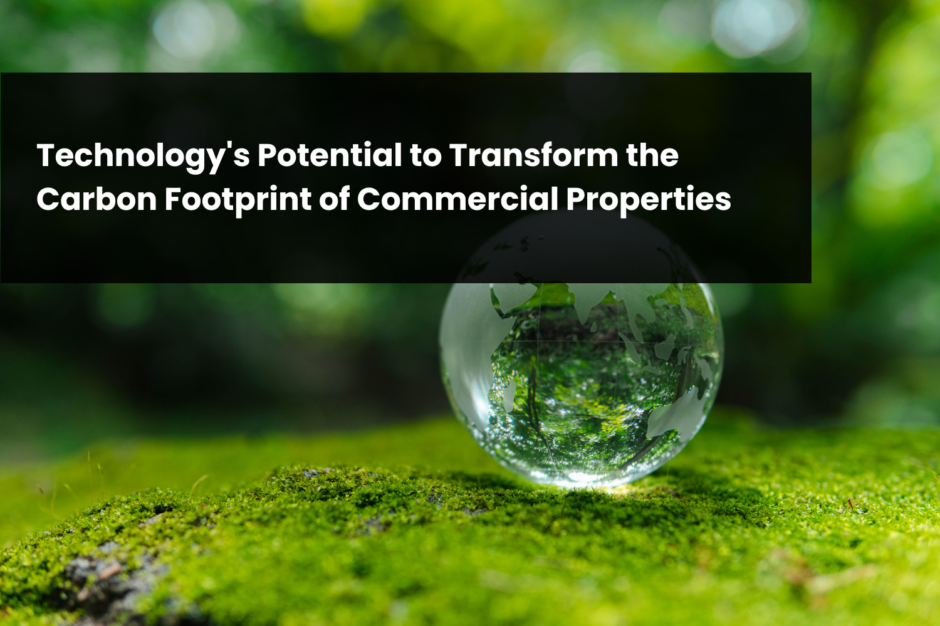In light of recent warnings from Mark Carney, former governor of the Bank of England, about the potential decline in value of energy-inefficient commercial buildings, the UK faces stringent deadlines to enhance energy efficiency by 2030. With around 12% of commercial properties missing last year’s energy rating deadline, owners are understandably concerned about the implications for property values amidst rising interest rates.
However, instead of resorting to controversial demolition and construction practices, technology presents a viable solution. By integrating Internet of Things (IoT) sensors and artificial intelligence (AI), commercial properties can significantly reduce their carbon footprints. These technologies enable real-time monitoring and optimization of building conditions—enhancing air quality, temperature control, and overall energy efficiency.
Smart building systems not only promote sustainability but also create more comfortable and secure environments for occupants. This improved experience can increase demand for office spaces, particularly as younger generations prioritize sustainability in their workplace choices.
While there is no one-size-fits-all solution, advances in smart building technology can help property owners navigate the challenges of meeting net-zero targets and attract tenants back to the office. Ultimately, adopting these technologies can facilitate a transition toward a greener, more resilient commercial real estate sector.


